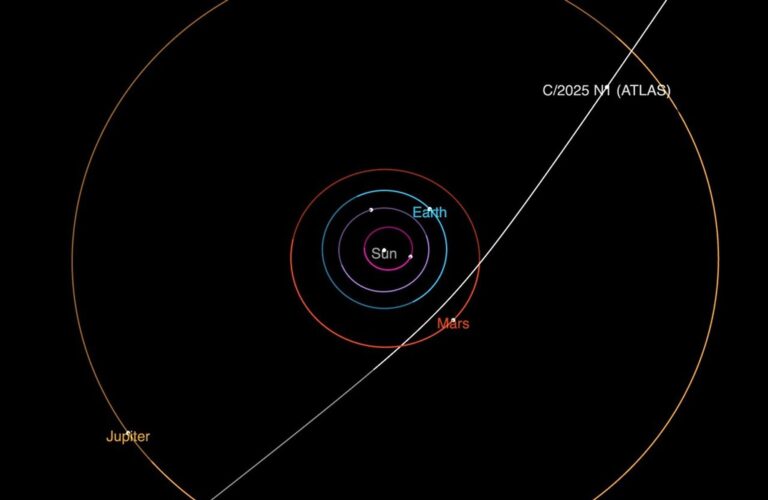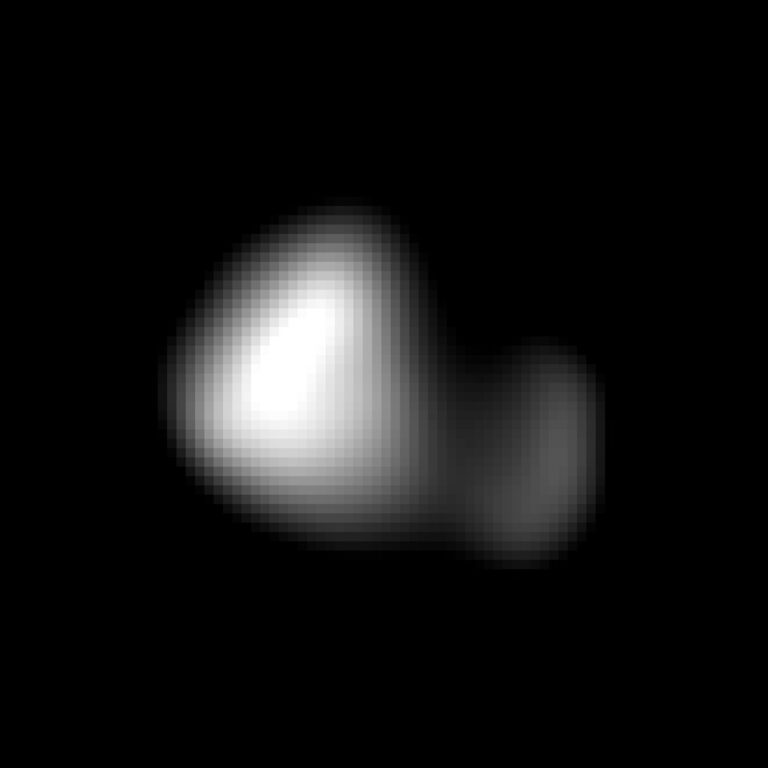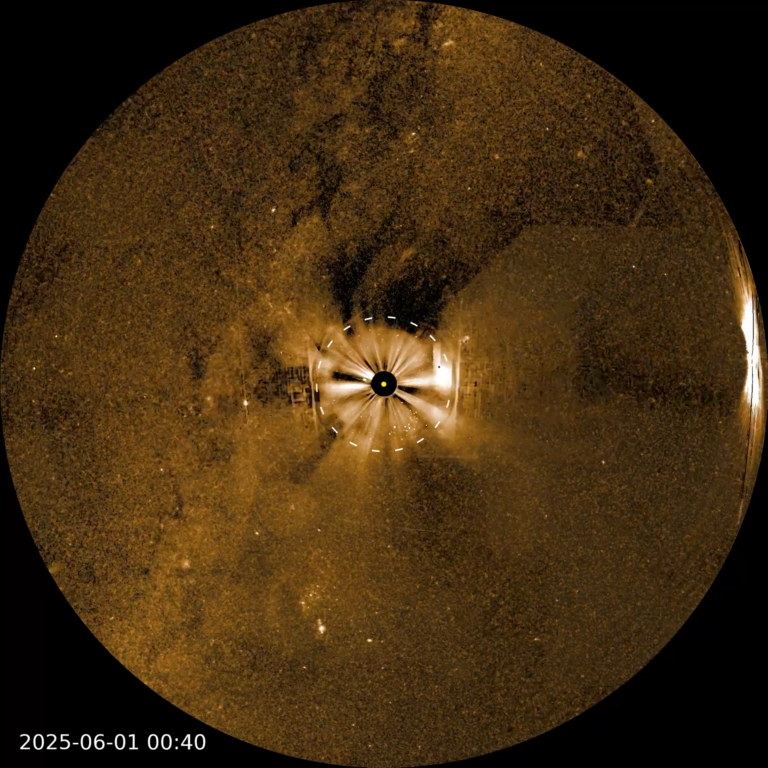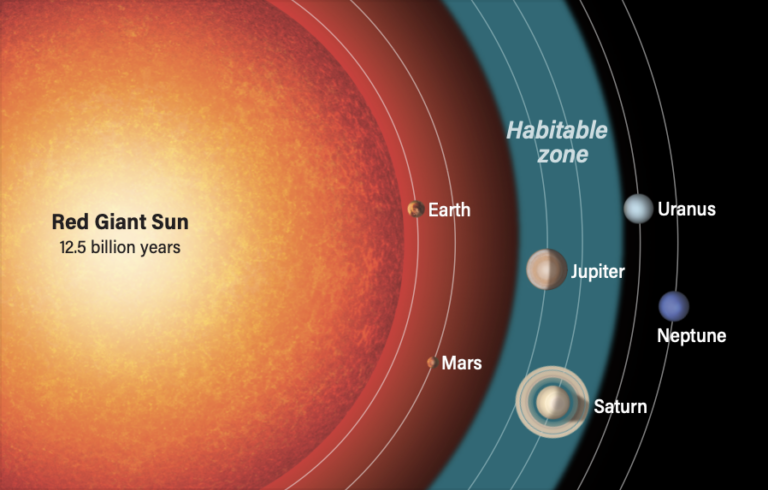Key Takeaways:
Weird and wonderful phantasms
Nebulous, or diffuse, meteors have caused a stir since at least the turn of the 20th century. That’s when French astronomer Fernand Baldet published in a 1909 Bulletin of the Société Astronomique de France his systematic study of what he called a pretty remarkable phenomenon — “that of nebulous meteors.” He first noticed one the night of March 18, 1903, from Paris, when a “slightly luminous nebulosity, similar to a shred of Laced Way” appeared suddenly above Lambda Orionis and proceeded toward Cassiopeia.
The most striking features of these phantom streaks are the lack of luminosity and, as Baldet pointed out, lack of a definable core. These mysterious objects appear suddenly like a meteor, move swiftly like a meteor, last just as long as a meteor, but look like a persistent meteor train. How weird… and wonderful!
The straight and not so narrow
Unlike Baldet, I have never seen a diffuse meteor change its shape. Most I have witnessed over the past 20-odd years have been faint — around magnitude 4. They seem to slip through the night like mini-comets penetrating the atmosphere. I have also witnessed a few diffuse meteors through binoculars. These differed from naked-eye events in that the brief diffuseness visible seems to “energize” before vanishing from view. It’s like what we see on TV’s Star Trek, when crew from the Enterprise get beamed up or down somewhere, although what happens to the meteor lasts only a fraction of a second.
This May might be a perfect time to search for your own cosmic dust bunnies because this is when the Eta Aquariid meteor shower, whose stream is associated with Comet 1P/Halley, occurs. According to the International Meteor Organization, modeling of the stream by Mikhail Maslov yields two trail encounters (when Earth passes through a stream of particles) for 2019: May 4, between 4h and 10h UT; and May 6, between 12h and 20h UT. Either encounter could boost the maximum hourly rates to nearly 80. And the New Moon falling on May 4 creates excellent viewing conditions.
As always, send reports of anything weird and wonderful to [email protected].












